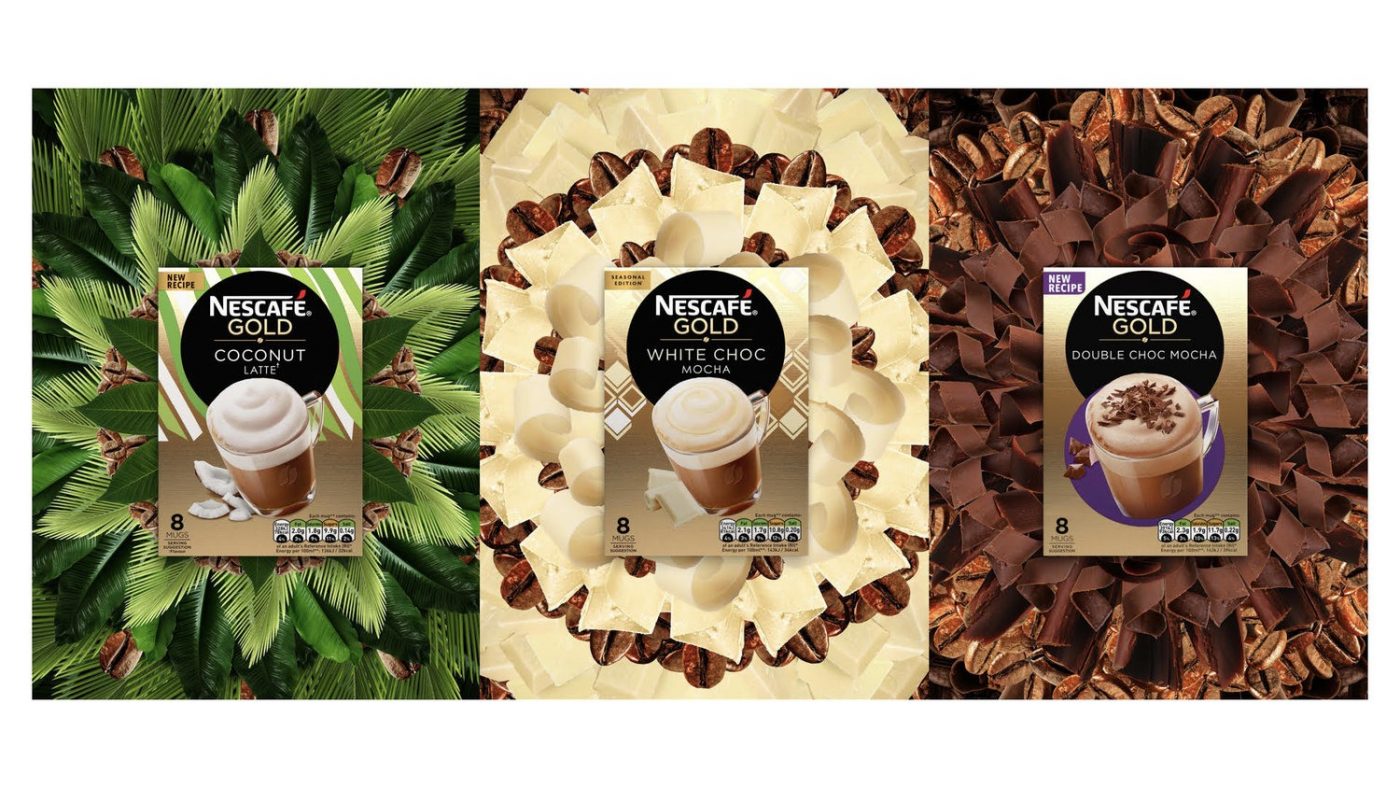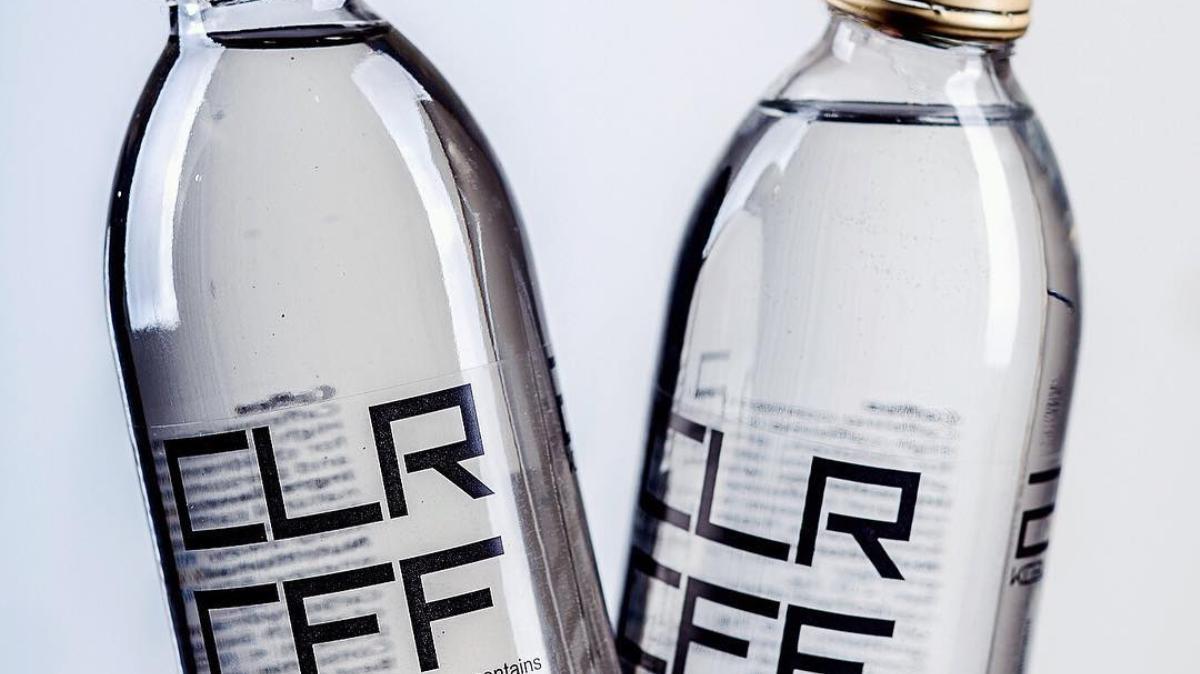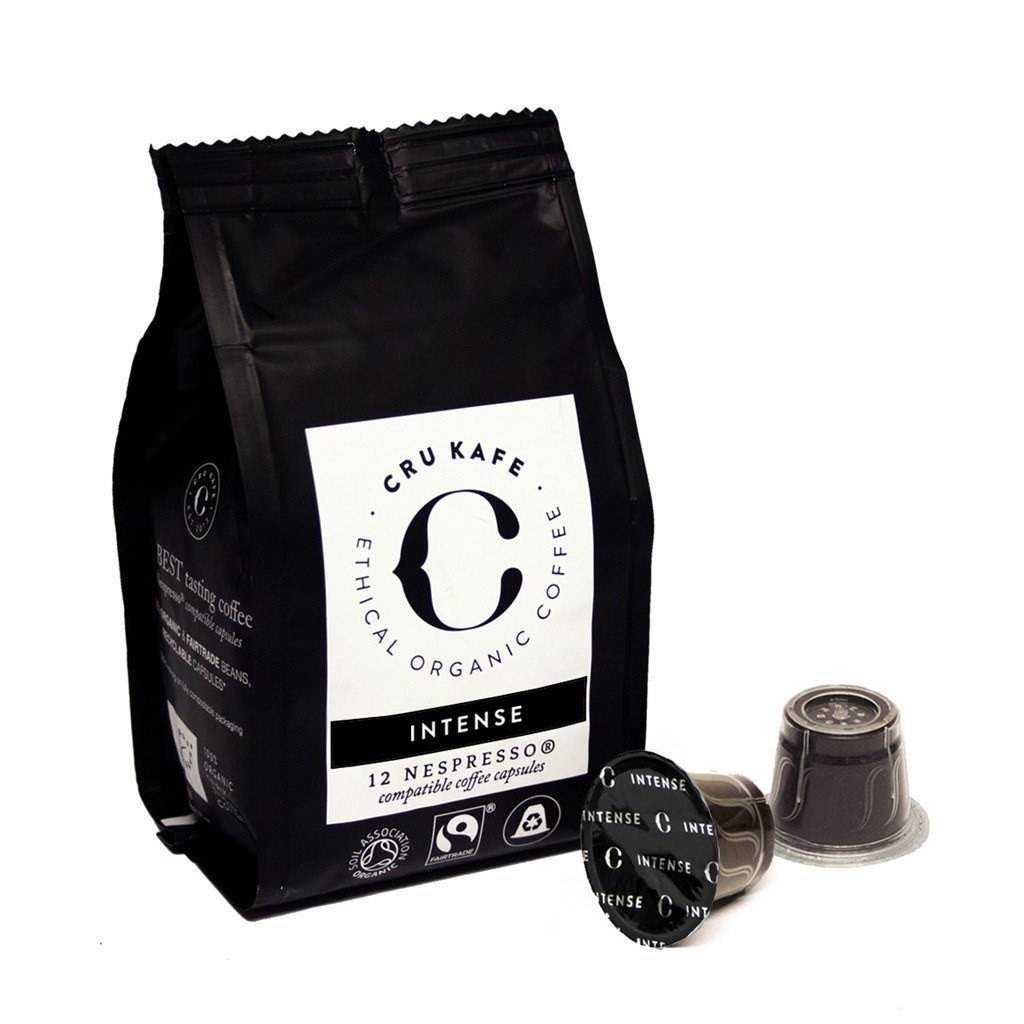The first wave saw the consumption of coffee grow exponentially whereas the second focused on the defining and enjoyment of specialty coffee. The third wave concentrated on the purchasing coffee based not only on its origin but the artisanal methods of production.
We’re now seeing the fourth wave of coffee culture emerge—the complete democratization of all niche and specialist aspects of coffee culture into the mainstream. Everyday consumers are now even more passionate in the pursuit of the perfect cup of coffee and have a wide knowledge of different formats, consumption experiences, and how provenance affects flavor profiles.
These are the trends we believe are driving the fourth wave of coffee culture and how they’re set to influence packaging design.
Beyond Provenance
Like the wine market, coffee consumers are developing a much better understanding of region and flavor profile and instead want brands that resonate with experience and lifestyle, beyond provenance. Without the need to educate consumers on flavors, wine packaging can afford to be more expressive and approachable, like the labels on Brancott Estate Wines that communicate a lifestyle rooted to the New Zealand landscape.
Coffee packaging will follow suit. The focus of CBA’s recent work for Nescafe’s brand and packaging was expressive patterns and graphics to communicate the emotion and pleasure of high-end coffee experiences, rather than simply focusing on taste or provenance.

Millennial Mindsets
The millennial generation of coffee drinker appreciates and expects a more niche, personalized coffee experience. Latte art has become integral to mainstream gourmet coffee culture, with Instagrammers ready to share their enviably perfect, milky swirls. The Starbucks-born trend of the lurid unicorn-colored frappuccino would arguably have been created exclusively for its Instagram appeal.
High street coffee brands are learning that embracing more unusual, vibrant and expressive color palettes can give an Instagram-worthy opportunity for consumers which only heightens the coffee-drinking experience. We expect to see more coffee packaging from the big players that seek to do the same: striking and provocative packaging design definitely help flag brands on the shelf, and consumers are celebrating this more and more.
The Superfood Trend is Alive and Well
The superfood craze continues to affect categories across the board and coffee is no exception. Turmeric lattes, aka u0022golden mylk,u0022 gained popularity in 2016 due to the spice’s proven health benefits. New brand CLR CFF has invented the world’s first colorless coffee drink made from high-quality Arabica coffee beans free of preservatives, stabilizers and sweeteners. We expect this trend to continue finding its way into the mainstream, with high street coffee brands using visual cues in branding and packaging to catch the eye of health-conscious consumers everywhere. These visual cues are often simply, visual representations of the product or ingredients on the pack, but we’re seeing more investment being made in quality packaging materials and finishes that can also help to communicate authenticity and quality.

Transparency and Nutrition
The alarmingly high levels of sugar found in the drinks of many high street coffee chains continue to dominate the headlines. Discerning consumers will increasingly look for nutritional clarity and conscious coffee brands will give it to them. Starbucks has committed to reducing sugar by 25% in their indulgent drinks by the end of 2020 and most brands now offer nutritional breakdowns on menus and online.
Coffee brands looking to align themselves with this trend will need to design openness and transparency into their packaging to gain consumer’s trust. They’ll also need to think about new ways of communicating the nutritional values of their products on the packaging. Chocolate brands are leading the way by incorporating factual messaging about what’s inside a product, while still hanging on to the sensorial, decadent design cues they’re associated with. Mintel recently reported that almost 40% of consumers would choose a product over a competitor if the packaging allowed them to view the food inside, a clear indication that transparency is all the rage when it comes to packaging.
Coffee With a Conscience
Consumers are now more conscious of the ethics of the brands they choose to align themselves with—fair trade coffee sales rose by 8% last year. Similarly, the impact of non-recyclable takeaway cups has been pushed into consumer consciousness, so much so that France banned them in late 2016, which saw compostable cups go mainstream. Brands such as CRU Kafe are developing fully compostable capsules. Kenco’s Coffee vs Gangs initiative has become a core part of their branding, and it gives consumers a conscious choice of supporting a good cause that helps at-risk youth become independent coffee farmers. We expect packaging to become an increasingly important canvas for brands to communicate their environmental and ethical credentials.

Staying One Step Ahead
The arrival of the fourth wave means coffee culture is truly coming of age and stepping into the mainstream. Consumers now care much more about ethics, nutrition, health, the complex relationships between provenance and flavor profiles, and the unique coffee experience a brand can offer them. To stay one step ahead, coffee brands need to design new messaging into their brands and packaging as the fourth wave of coffee culture continues to make its mark.
Find this article on The Dieline
Lewis Jones – Managing Director at CBA London
